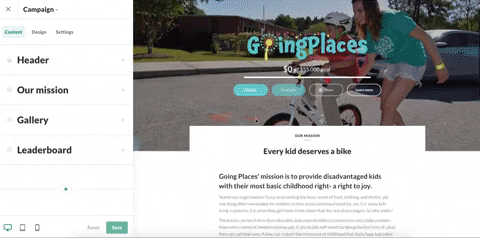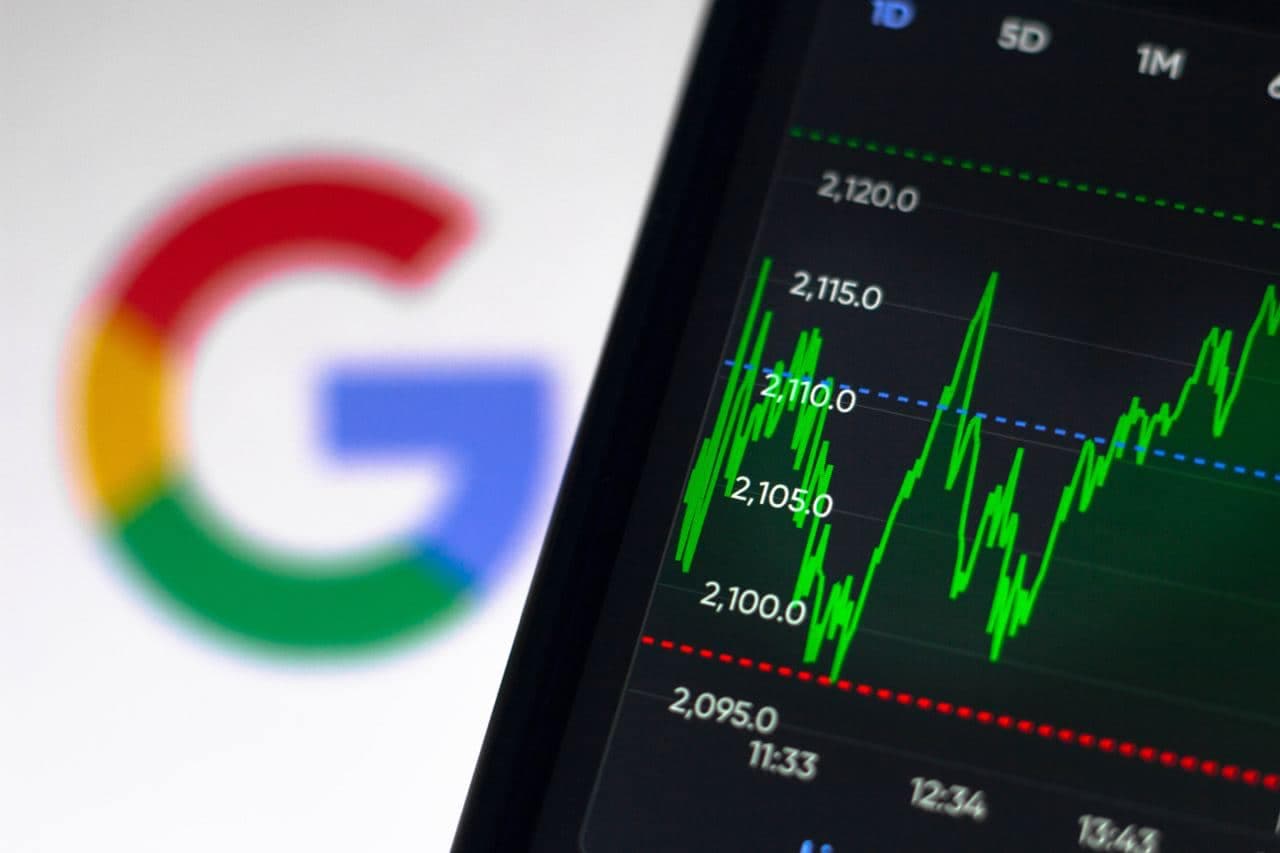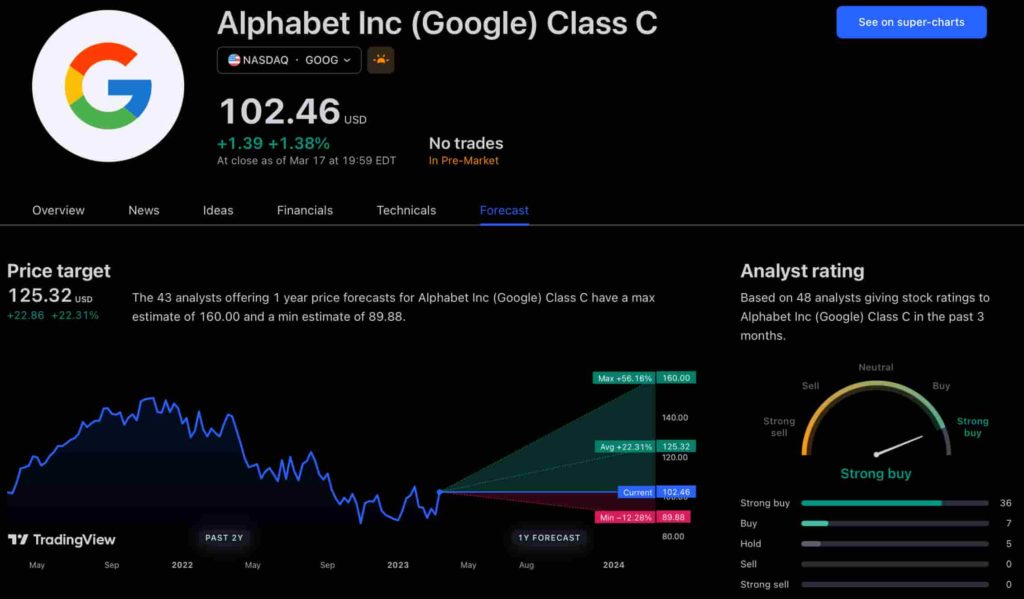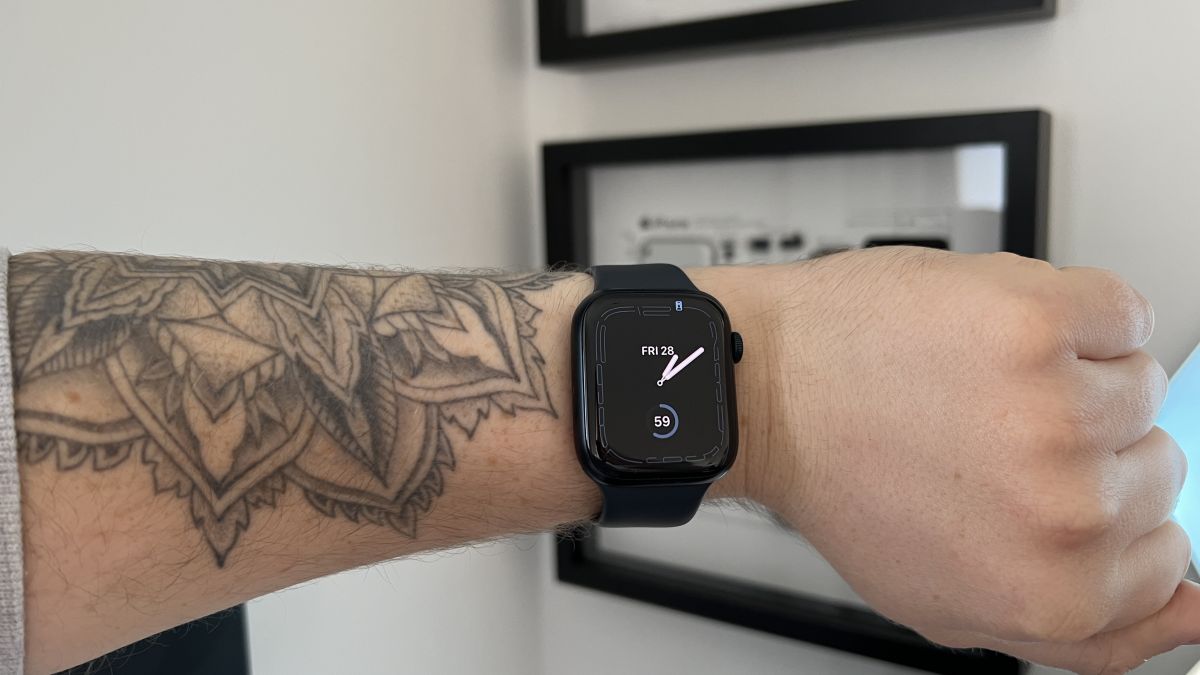The new app is called watchGPT and as I tipped off already, it gives you access to ChatGPT from your Apple Watch. Now the $10,000 question (or more accurately the $3.99 question, as that is the one-time cost of the app) is why having ChatGPT on your wrist is remotely necessary, so let’s dive into what exactly the app can do.
NEWS
GoFundMe launches free platform for nonprofits and charities, rolls out button to donate anywhere

GoFundMe has made its name primarily as a platform for individuals to create fundraisers for personal causes — a service that has seen hundreds of campaigns go viral through social media to raise collectively well over $5 billion in funding to date. Now, the startup is taking the next step in its ambition to build what CEO Rob Solomon calls the “giving layer of the internet”.
GoFundMe is launching a new free-to-use fundraising platform for nonprofits of all sizes called GoFundMe Charity; and for the first time, it has created a button that can be integrated into any site to donate money wherever people want to do so. Both will roll out in November, but the charity platform already counts nonprofits like the American Cancer Society and the Boston Marathon among its customers.
To be clear, providing services to non-profits is not totally new territory for GoFundMe. The company acquired CrowdRise, which focused specifically on non-profits, in 2017 and gradually started to integrate some of the functionality and branding into the bigger platform a year later. And since last year it has offered a service for teams and groups (including nonprofit groups) to come together to raise for the same cause.
With this latest launch, teams fundraising remains, but GoFundMe will be sunsetting CrowdRise the brand and transitioning the platform’s nonprofit customers (which include high profile events like the Boston Marathon) to GoFundMe Charity.
The giving layer of the internet
The news comes at an interesting time for GoFundMe.
While its individual causes-based campaigns continue to be created and disseminated across social platforms, it is facing competition of two kinds: that of the platforms themselves (specifically, Facebook, which is using its billions of users to grow its own causes-donations platform rapidly: in September it passed the $2 billion mark in fundraising for causes); and that of user ennui, where people have been facing up to kind of fatigue when it comes to too many individuals asking for money, and sometimes not for the most worthy of causes.
Ramping up its business for nonprofits, on the other hand, catapults GoFundMe into a much bigger, older and (potentially?) more resilient sector of the charitable donations market. In the US alone, some $427 billion was donated to nonprofits in 2018, according to Giving USA. That’s up on an estimated $410 billion in nonprofit donations in in 2017.
Currently, only around a quarter of donations are made through digital platforms, with the remainder through more traditional channels such as events, door-to-door appeals and direct-mail campaigns. As digitally native consumers become targets for nonprofits, GoFundMe sees an opportunity in taking the tools and services it originally built for individuals, and tailoring them to these groups.
“Charities have the same challenges as individuals in reaching constituents,” said Solomon in an interview. “We’re talking about whole generations of people who will not donate to charities the same way that older generations did. Charity has been disrupted by the internet and those older methods won’t work anymore.”
Solomon said that GoFundMe is not commenting on whether it expects more nonprofits to pay fees or run the option for tipping among its users, nor would he say if GoFundMe has projected how much it might make from one or the other option.
The new business model GoFundMe is introducing with charities presents a much wider range of services for non-profits aimed at making GoFundMe a more useful and flexible platform.
Charity groups will now have the option either to pay fees to use the service (donor-covered fees), or use it for free by offering the tipping feature that GoFundMe uses on its consumer-focused site. This is a departure compared to the the platforms that power many nonprofit sites and events, which typically charge for their services. GoFundMe says it will specify what the the donor-covered fees will be public closer to the launch date.
Then, moving away from the familiar, basic layout that GoFundMe offers for individual causes today, nonprofits will also be given more design freedom: They will have the option to customise their pages; and nonprofits can run GoFundMe campaigns on their own sites (not yet apps) by placing a customised button for people to donate — similar to how Facebook disseminated its “Like” buttons, or PayPal and other payment services created “buy” buttons.

They will also be provided with analytics on how their campaigns are performing, and CRM integrations to link up GoFundMe campaigns with wider marketing efforts. And nonprofits running events where individuals are fundraising — for example, around charity runs — will be able to do this under the bigger GoFundMe umbrella, including enlisting and organising individual fundraisers, or selling tickets to charity events.
GoFundMe will also be leveraging its own traction in the fundraising market to grow this business.
The idea is twofold here: The first aim will be to bring to nonprofit groups the kind of storytelling and social media virality that has done so well on GoFundMe already.
The second aim will be to bring the mountain to Mohamed, so to speak: the platform currently has more than 50 million users, and like other funding platforms, GoFundMe has made a business out of recirculating those donors: once you give to one cause, your details are in the system and that makes it easier to donate elsewhere on the same platform. Now the non-profits will also have access to that pool of users that has been proven to be willing to step up financially.
Up to now, the tipping model has been working for the company, although we don’t know how revenues from it compare to those when it charged platform fees.
Solomon noted that the company is profitable and has been able to grow its business on the back of the tipping model it now uses for its individual campaigns (it dropped its platform fee in 2017 and then acquired YouCaring, a competitor that built a profitable business on tipping alone).
GoFundMe has never disclosed much on the financial front: it has only ever had one round of funding, of an undisclosed amount, from a group of investors that included Accel, Greylock, TCV, Iconic, Meritech and Stripes. We’d heard that at one point PayPal had wanted to acquire the company for about $1 billion, but that never developed, and GoFundMe has continued to grow.
Solomon said that those investors will eventually want “a liquidity event,” whether that comes in the form of an IPO, or private equity investment, or an M&A move, but that won’t be for a while.
“We’re not focused on that at all, and don’t expect to see anything for another year or two,” he said.
Facebook Faces Yet Another Outage: Platform Encounters Technical Issues Again

Uppdated: It seems that today’s issues with Facebook haven’t affected as many users as the last time. A smaller group of people appears to be impacted this time around, which is a relief compared to the larger incident before. Nevertheless, it’s still frustrating for those affected, and hopefully, the issues will be resolved soon by the Facebook team.
Facebook had another problem today (March 20, 2024). According to Downdetector, a website that shows when other websites are not working, many people had trouble using Facebook.
This isn’t the first time Facebook has had issues. Just a little while ago, there was another problem that stopped people from using the site. Today, when people tried to use Facebook, it didn’t work like it should. People couldn’t see their friends’ posts, and sometimes the website wouldn’t even load.
Downdetector, which watches out for problems on websites, showed that lots of people were having trouble with Facebook. People from all over the world said they couldn’t use the site, and they were not happy about it.
When websites like Facebook have problems, it affects a lot of people. It’s not just about not being able to see posts or chat with friends. It can also impact businesses that use Facebook to reach customers.
Since Facebook owns Messenger and Instagram, the problems with Facebook also meant that people had trouble using these apps. It made the situation even more frustrating for many users, who rely on these apps to stay connected with others.
During this recent problem, one thing is obvious: the internet is always changing, and even big websites like Facebook can have problems. While people wait for Facebook to fix the issue, it shows us how easily things online can go wrong. It’s a good reminder that we should have backup plans for staying connected online, just in case something like this happens again.
NEWS
We asked ChatGPT what will be Google (GOOG) stock price for 2030

Investors who have invested in Alphabet Inc. (NASDAQ: GOOG) stock have reaped significant benefits from the company’s robust financial performance over the last five years. Google’s dominance in the online advertising market has been a key driver of the company’s consistent revenue growth and impressive profit margins.
In addition, Google has expanded its operations into related fields such as cloud computing and artificial intelligence. These areas show great promise as future growth drivers, making them increasingly attractive to investors. Notably, Alphabet’s stock price has been rising due to investor interest in the company’s recent initiatives in the fast-developing field of artificial intelligence (AI), adding generative AI features to Gmail and Google Docs.
However, when it comes to predicting the future pricing of a corporation like Google, there are many factors to consider. With this in mind, Finbold turned to the artificial intelligence tool ChatGPT to suggest a likely pricing range for GOOG stock by 2030. Although the tool was unable to give a definitive price range, it did note the following:
“Over the long term, Google has a track record of strong financial performance and has shown an ability to adapt to changing market conditions. As such, it’s reasonable to expect that Google’s stock price may continue to appreciate over time.”
GOOG stock price prediction
While attempting to estimate the price range of future transactions, it is essential to consider a variety of measures in addition to the AI chat tool, which includes deep learning algorithms and stock market experts.
Finbold collected forecasts provided by CoinPriceForecast, a finance prediction tool that utilizes machine self-learning technology, to anticipate Google stock price by the end of 2030 to compare with ChatGPT’s projection.
According to the most recent long-term estimate, which Finbold obtained on March 20, the price of Google will rise beyond $200 in 2030 and touch $247 by the end of the year, which would indicate a 141% gain from today to the end of the year.
Google has been assigned a recommendation of ‘strong buy’ by the majority of analysts working on Wall Street for a more near-term time frame. Significantly, 36 analysts of the 48 have recommended a “strong buy,” while seven people have advocated a “buy.” The remaining five analysts had given a ‘hold’ rating.

The average price projection for Alphabet stock over the last three months has been $125.32; this objective represents a 22.31% upside from its current price. It’s interesting to note that the maximum price forecast for the next year is $160, representing a gain of 56.16% from the stock’s current price of $102.46.
While the outlook for Google stock may be positive, it’s important to keep in mind that some potential challenges and risks could impact its performance, including competition from ChatGPT itself, which could affect Google’s price.
Disclaimer: The content on this site should not be considered investment advice. Investing is speculative. When investing, your capital is at risk.
NEWS
This Apple Watch app brings ChatGPT to your wrist — here’s why you want it

ChatGPT feels like it is everywhere at the moment; the AI-powered tool is rapidly starting to feel like internet connected home devices where you are left wondering if your flower pot really needed Bluetooth. However, after hearing about a new Apple Watch app that brings ChatGPT to your favorite wrist computer, I’m actually convinced this one is worth checking out.
-

 PPC5 days ago
PPC5 days ago19 Best SEO Tools in 2024 (For Every Use Case)
-

 MARKETING6 days ago
MARKETING6 days agoStreamlining Processes for Increased Efficiency and Results
-
SEARCHENGINES6 days ago
Daily Search Forum Recap: April 17, 2024
-

 PPC7 days ago
PPC7 days ago97 Marvelous May Content Ideas for Blog Posts, Videos, & More
-

 SEO6 days ago
SEO6 days agoAn In-Depth Guide And Best Practices For Mobile SEO
-
SEARCHENGINES5 days ago
Daily Search Forum Recap: April 18, 2024
-

 MARKETING6 days ago
MARKETING6 days agoEcommerce evolution: Blurring the lines between B2B and B2C
-
SEARCHENGINES4 days ago
Daily Search Forum Recap: April 19, 2024











